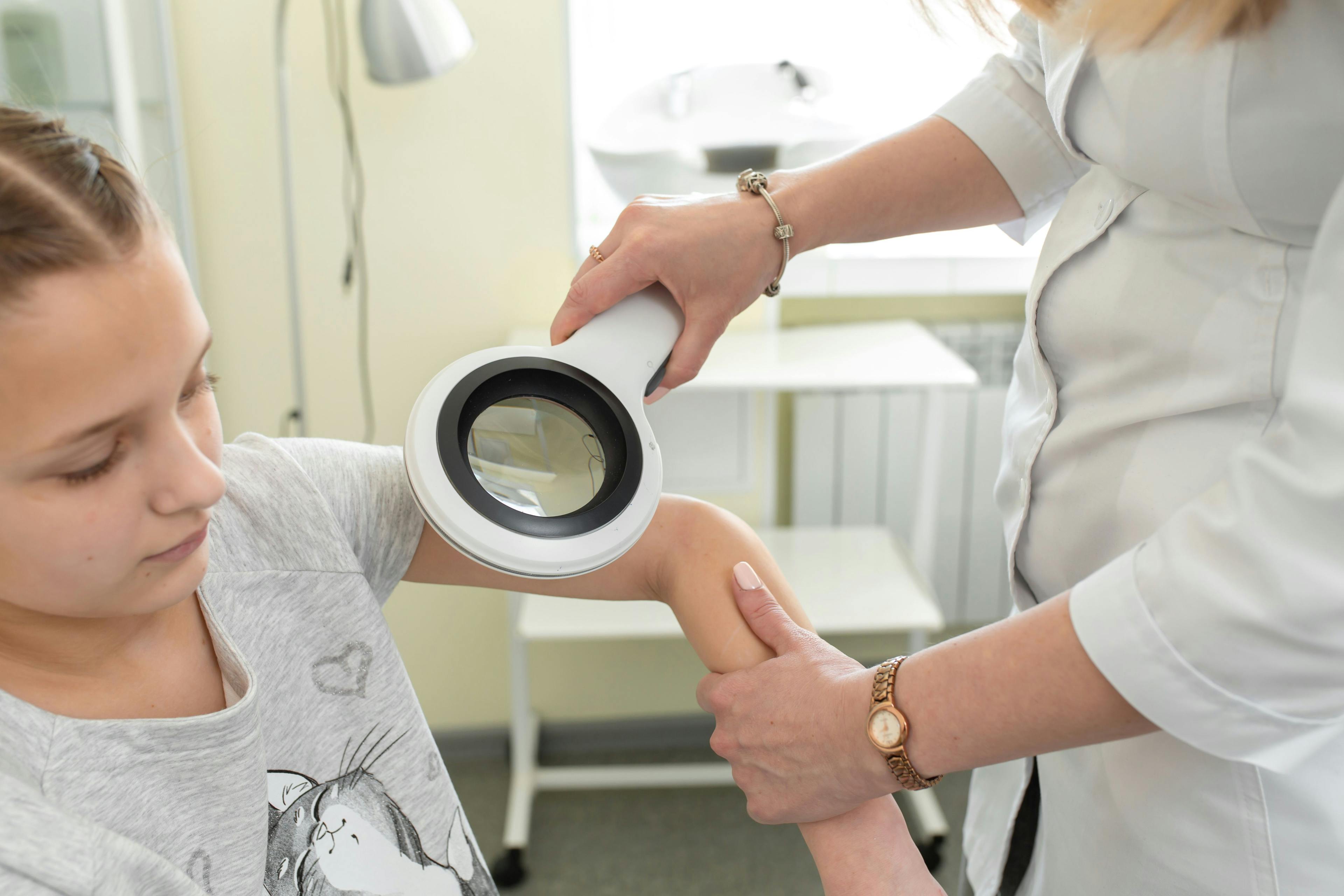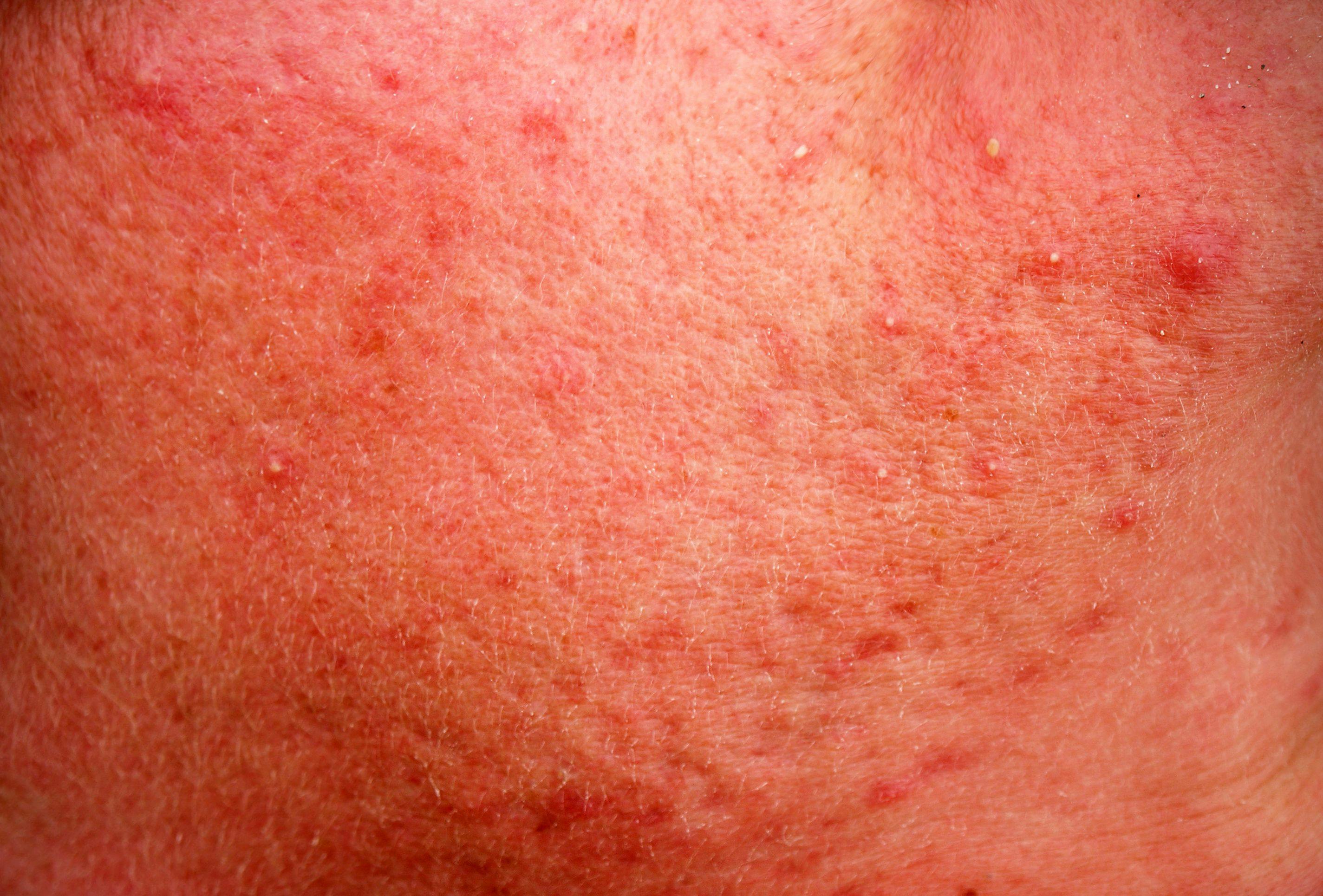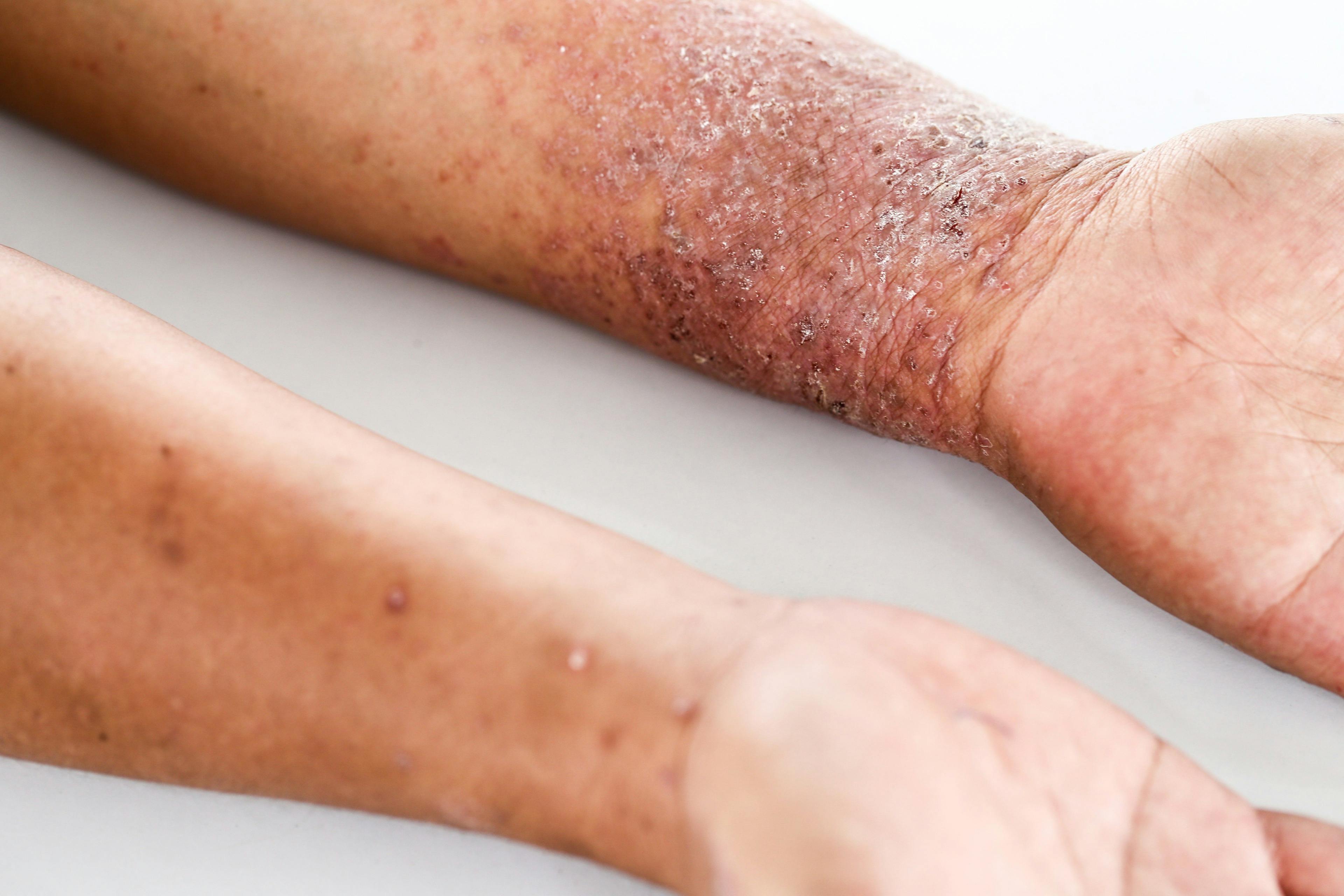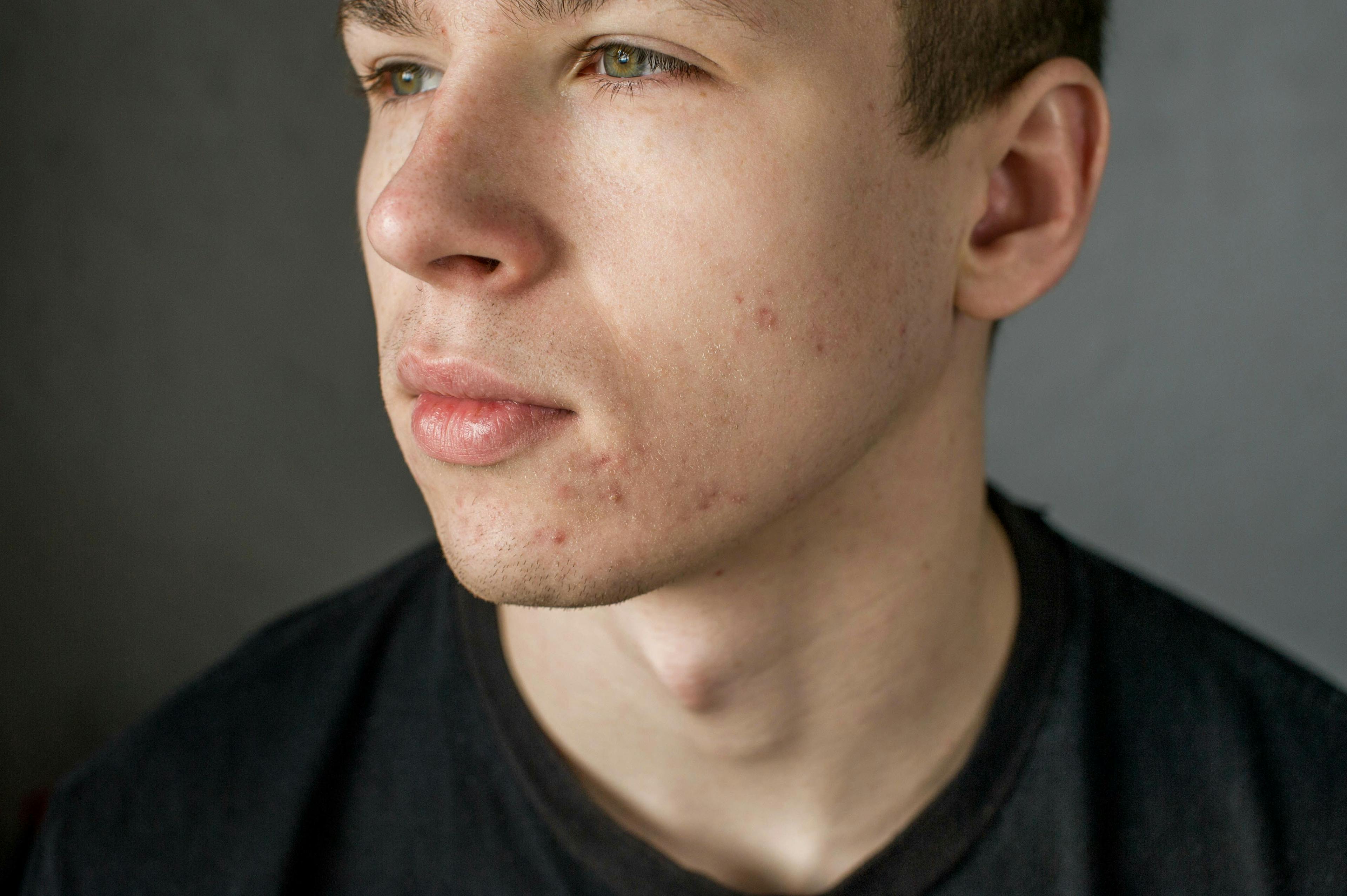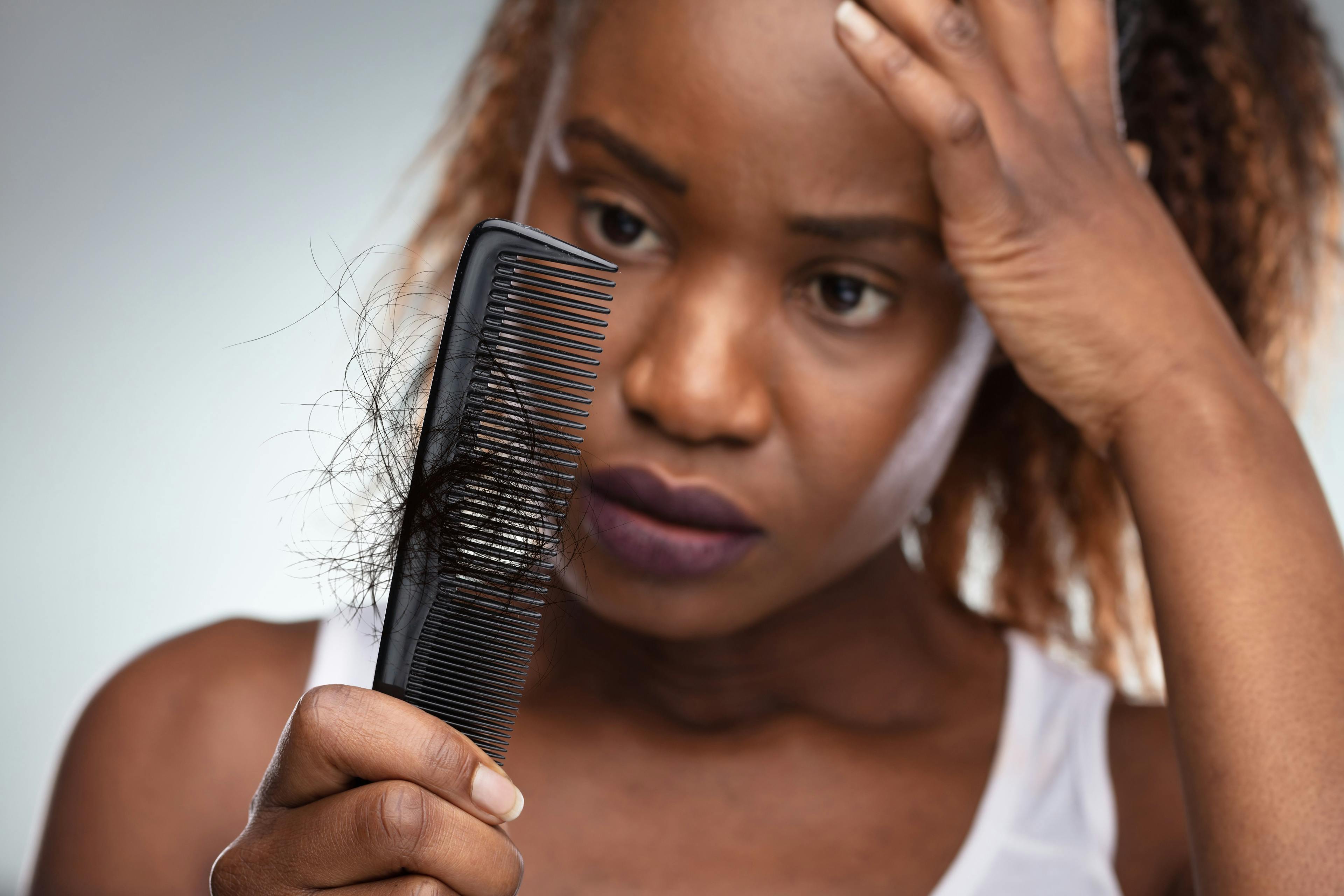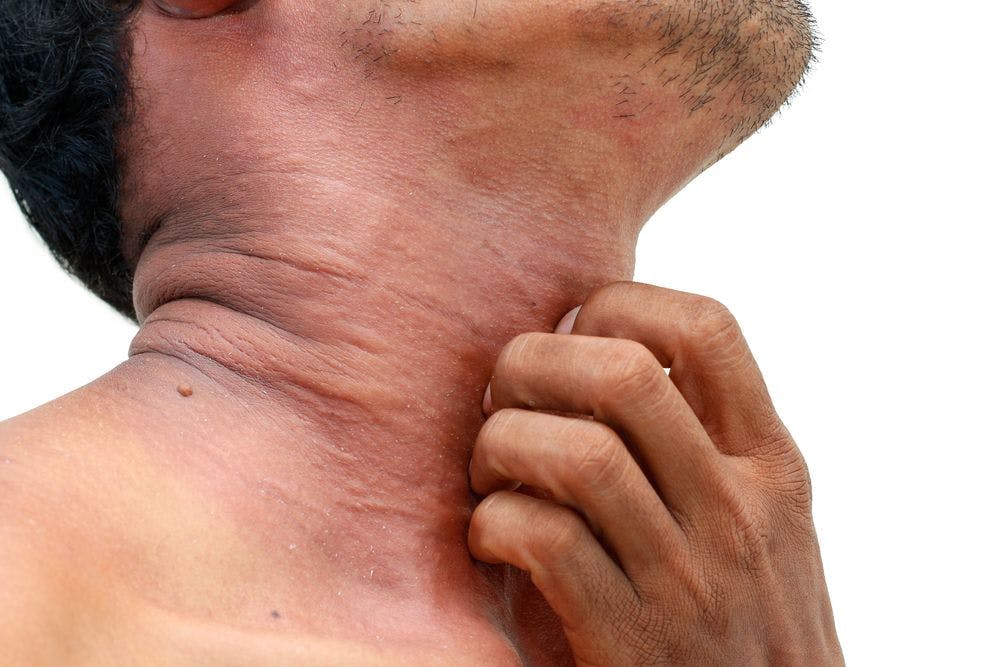- Acne
- Actinic Keratosis
- Aesthetics
- Alopecia
- Atopic Dermatitis
- Buy-and-Bill
- COVID-19
- Case-Based Roundtable
- Chronic Hand Eczema
- Chronic Spontaneous Urticaria
- Drug Watch
- Eczema
- General Dermatology
- Hidradenitis Suppurativa
- Melasma
- NP and PA
- Pediatric Dermatology
- Pigmentary Disorders
- Practice Management
- Precision Medicine and Biologics
- Prurigo Nodularis
- Psoriasis
- Psoriatic Arthritis
- Rare Disease
- Rosacea
- Skin Cancer
- Vitiligo
- Wound Care
Publication
Article
Dermatology Times
Quantifying is Key to Effective Hair Loss Treatment
Author(s):
Trichometric analysis helps evaluate whether treatment is working for patients experiencing hair loss and what adjustments need to be made to the regimen.
Simply observing symptoms can often help a patient receive a hair loss disorder diagnosis. However, observation alone is less helpful in evaluating treatment methods.
“It is important for a dermatologist to be able to quantify how much hair has been lost or gained,” said Jerry Shapiro, MD, a professor of dermatology at the NYU Grossman School of Medicine, New York, New York, who spoke on managing hair loss disorders at Maui Derm Live.1 The in-person dermatology continuing medical education (CME) conference in Hawaii was held concurrently with Maui Derm Connect, a virtual CME conference, January 25-29, 2021.
“Because of the tools now available to quantify, we now have a more scientific approach to determine how much [hair] gain or loss the patient has had from their treatment protocol.”
Trichometrics/numerics are key to measuring the efficacy of treatment modalities for hair growth. The 3 devices most effective to confirm success or failure in the office setting, according to Shapiro, are the Folliscope (LeadM Corporation), FotoFinder (FotoFinder Systems), and artificial intelligence with Vectra (Canfield Scientific Inc.).
“These are easy and accurate devices to use,” Shapiro told Dermatology Times®. “Patients also appreciate them because they like to know their numbers and whether those numbers have gone up or down or are the same.”
ALOPECIA PHENOTYPES AND TREATMENT
Scarring alopecias are a group of disorders characterized by a final common pathway of replacement of follicular structure by fibrous tissue. They present clinically as loss of follicular ostia and the histopathology is obliteration of the hair follicle.
“There are no placebo-controlled, double-blinded, randomized studies of therapeutics for scarring alopecias, and no evidence-based medicine,” Shapiro said.
One of these conditions is primary cicatricial alopecia, which involves preferential destruction of follicular epithelium with sparing of interfollicular dermis. Clinical indications are hyperkeratosis, erythema, a positive pull test, and symptoms includes itching, burning, and pain.
Discoid lupus erythematosus, another type of scarring alopecia, presents with lesions often localized to the scalp and can be treated based on the extent of disease. For milder cases, an ultra-potent topical steroid might be combined with intralesional triamcinolone acetonide (IL-TAC). If improvement occurs, treatment can continue as needed. But with no improvement, 3 other options are hydroxychloroquine, isotretinoin, and topical tacrolimus 0.3% twice a day+ corticosteroid twice a day + 5% minoxidil solution twice a day (TCM).
For more severe forms, beginning therapy comprises hydroxychloroquine 200 milligram (mg) twice a day, along with perhaps an ultra-potent topical steroid and/or IL-TAC and/or prednisone. With improvement, medications can be tapered to the lowest effective doses.
Assessment of clinical features of classic lichen planopilaris, a third type of scarring alopecia, may be enhanced through trichoscopy. Erythema and hyperketatosis can also be quantified and hair density quantified at target areas.
However, because of the risk of koebnerization with classic lichen planopilaris, “a hair transplant should be considered only after at least 2 years have passed with no disease activity,” Shapiro said. For rapidly progressive disease, oral prednisone can be given tapered for the first 8 weeks to bridge therapy.
Milder cases of classic lichen planopilaris can be stabilized with a treatment regimen of IL-TAC 10 mg/ml monthly + TCM twice a day. Treatment may continue as needed.
For more severe disease, a regimen of IL-TAC 10 mg/ml monthly + TCM twice a day + doxycycline 100 mg twice a day or hydroxychloroquine 200 mg twice a day is appropriate.
An increasingly common hair-loss condition is frontal fibrosing alopecia (FFA), which is irreversible and a trichologic emergency that requires immediate attention. “We do not know why we are seeing so many more cases,” Shapiro said. “Fortunately, there are treatments that can halt FFA by creating follicular rescue, so that no more hairs are lost.”
Aggressive management of FFA is necessary, including cortisone injections, topical tacrolimus, cortisone lotions, topical minoxidil, doxycycline, hydroxychloroquine, pioglitazone (Actos, Takeda Pharmaceuticals), and low-dose naltrexone. Finasteride or dutasteride, types of 5-alpha-reductase inhibitors, may also be used.
“Patients can start seeing a positive effect usually in 3 months,” Shapiro said. “There is also a low likelihood of [adverse] effects.”
Platelet rich plasma (PRP) is an adjunctive modality for treating androgenetic hair loss or alopecia areata. “Patients usually need 3 treatment sessions, spaced 1 month apart, followed by a hair count to determine if they have improved,” Shapiro said. “Photographs may not be sufficient to quantify the amount of improvement, so meticulous quantification is key to PRP treatments.”
Therapy can continue as long as improvement is observed. However, 2 downsides of PRP are pain and expense for some patients.
JAK INHIBITORS AND BEYOND
A game changer for managing alopecia areata is the use of oral Janus kinase (JAK) inhibitors, according to Shapiro. “They can also be used to treat certain forms of scarring hair loss,” he said. “Overall, JAK inhibitors have the highest chance of success for alopecia totalis or universalis.”
Shapiro favors the JAK inhibitor tofacitinib at a dose of 5 mg, twice a day. Newer JAK inhibitors, such as baricitinib (Olumiant, Eli Lilly and Company), have also proven to be effective.
“Patients, though, need to be monitored for [adverse] effects; namely the immune system through a complete metabolic panel, a complete blood count, and testing of triglyceride and cholesterol levels,” Shapiro said.
Women who use an intrauterine device (IUD) containing hormones/levonorgesterol are at risk of significant telogen effluvium upon insertion or removal.
Future therapies being developed for follicle neogenesis include an autologous dermal sheath cup, dermal papilla cell injections into the scalp, and hair farming/cloning.
Disclosure:
Shapiro is a consultant/investigator for the following companies: Samumed, Incyte, Applied Biology, Eirion Therapeutics, RepliCel Life Sciences, Regen Lab SA, Keeps.com, Cassiopea, Pfizer, and Almirall. He also is an investigator for the non-approved uses of the medications naltrexone and pioglitazone.
Reference:
- Shapiro J. Maui Derm 2021. Dr. Jerry Shapiro Discusses The Management of Hair Loss Disorders in 2021. Presented at Maui Derm Live, January 25-29, 2021. Maui, Hawaii.

Newsletter
Like what you’re reading? Subscribe to Dermatology Times for weekly updates on therapies, innovations, and real-world practice tips.



